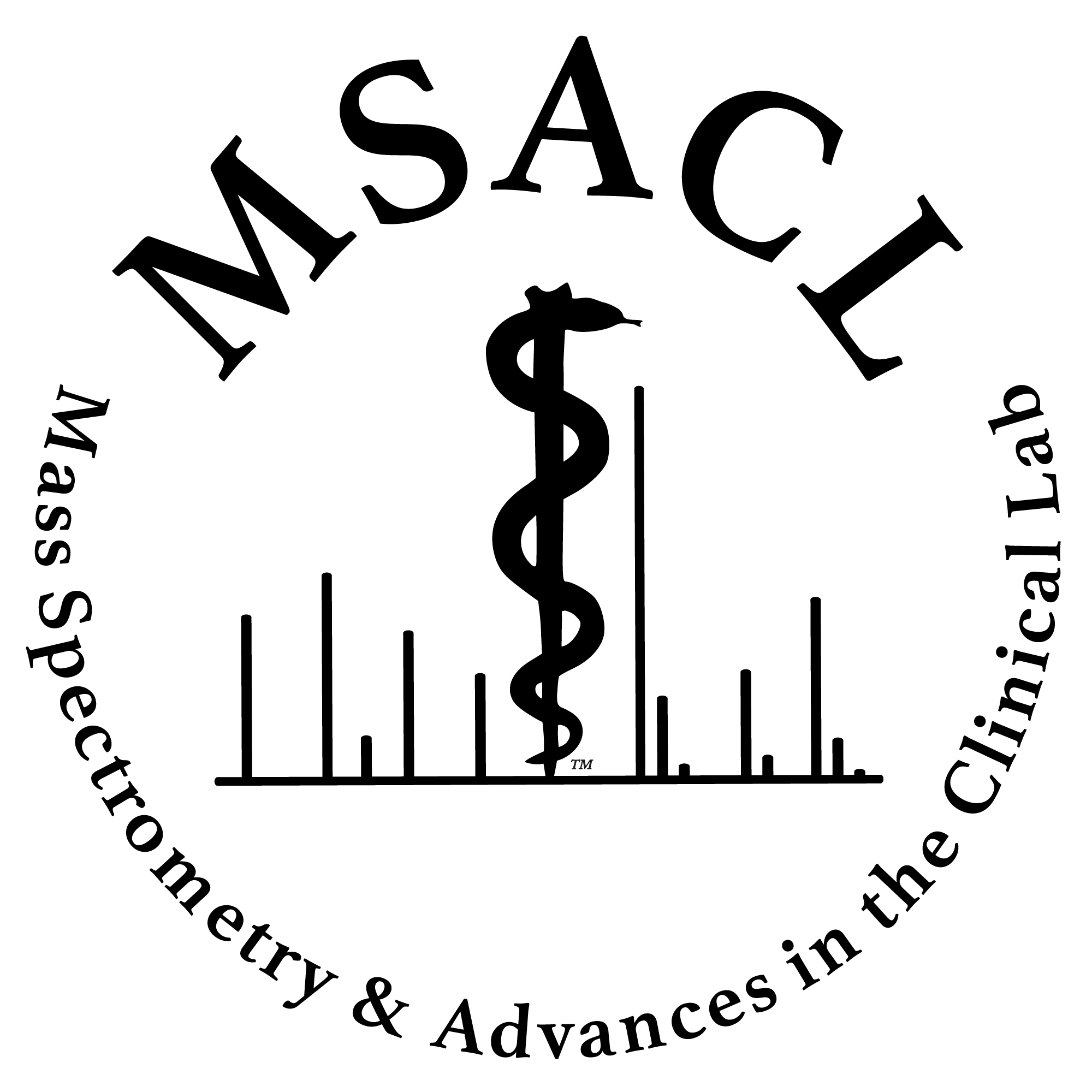|
Abstract Background
Gastro-esophageal reflux disease (GERD) is a common chronic gastrointestinal disease with an increasing prevalence worldwide affecting up to 30% of the population in developed countries, and an associated risk of esophageal adenocarcinoma [1]. The role of the esophageal microbiome and its immunogenic response has been linked to the development of GERD [2-5]. The gold standard diagnosis of symptomatic patients is upper gastrointestinal endoscopy which is expensive, invasive, and demands overwhelming resources. Overall, the burden on the health economy, resource allocation for endoscopic evaluation, and significant morbidity affecting quality of life is set to rise with an ageing and growing population [1]. Exhaled breath analysis of volatile organic compounds (VOC) presents a non-invasive diagnostic method to streamline patients with soft upper gastrointestinal symptoms for endoscopy.
Aim
The study seeks to (i) define the gastric microbiome in reflux esophagitis and healthy controls, (ii) determine the breath VOC profile of symptomatic patients, and (iii) explore the microbial origin of the VOCs.
Methods
Patients with upper gastrointestinal symptoms undergoing EGD were recruited from a single centre. Endoscopic findings classified patients into two groups: (i) reflux esophagitis (n=74) and (ii) healthy controls with no abnormality (n=28). Microbiome analysis: Gastric cardia and antral tissue biopsies underwent 16S rRNA gene V3-V4 sequencing using Illumina MiSeq sequencing and analysis using the CCMetagen pipeline and STAMP software v8.3. Breath VOC analysis: Forty-six patients (GERD n=27, controls n=19) patients provided exhaled breath into a 500mL double sealed nalophan bag prior to endoscopy. Breath was transferred onto thermal desorption (TD) tubes using a pocket pump and analysed using the TD-gas chromatography-time of flight-mass spectrometry (TD-GC-ToF-MS; Agilent Technologies, Cheshire, UK) coupled with a Markes TD-100 device (Markes International, Llantrisant, UK). GC-MS data was processed using MassHunter version B.07 SP1 (Agilent Technologies, Cheshire, UK). Bacterial headspace VOC analysis: Liquid cultures of the target bacteria were cultivated and 200mL of headspace VOCs were extracted onto TD tubes and analysed on the mid-polar TD-GC-ToF-MS, processed using ChromSpace with compound identification using NIST mass spectral library version2.0. Quality control measures were observed for all analyses.
Results
Higher abundances of Prevotella (p=0.018), Veillonella (p=0.019), Fusobacterium (p=0.050) were identified in the symptomatic GERD group. Exhaled breath VOCs demonstrated a significant increase in a single VOC in GERD patients compared to controls (p=0.045). Bacterial headspace VOCs were extracted from Veillonella, Prevotella and Fusobacterium, in single and combination liquid cultures. A same single VOC was identified in higher concentrations produced by all three target bacteria.
Conclusion
This study has demonstrated that breath VOCs identified in patients with endoscopic evidence of esophagitis may have a role in non-invasive diagnostics and therapeutics. This study demonstrated a significantly higher abundance of gastric Prevotella, Veillonella and Fusobacterium in patients with GERD. The target VOC was identified within the breath and headspace of these specific bacteria. The compound is considered a xenobiotic associated with oxidative stress and inflammation. Reflux esophagitis is likely multi-factorial, but earlier studies have suggested that oxidative stress may be the predominant contributor to reflux esophagitis compared to acid in rat studies [6]. We propose that this specific VOC produced by the gastric microbiome instigates an inflammatory cascade by reactive oxygen species release, lipid peroxidation and esophageal mucosal injury. A point of care test may be valuable in clinical diagnostics, and potential therapies to alter the gastric microbiome may be a useful adjunct to the current treatments available.
References:
1. GBD 2017 Gastro-oesophageal Reflux Disease Collaborators. The global, regional, and national burden of gastro-oesophageal reflux disease in 195 countries and territories, 1990-2017: a systematic analysis for the Global Burden of Disease Study 2017. Lancet Gastroenterol Hepatol. 2020 Jun;5(6):561-581.
2. Corning B, Copland AP, Frye JW. The Esophageal Microbiome in Health and Disease. Curr Gastroenterol Rep. 2018 Aug 1;20(8):39.
3. Yang L, Lu X, Nossa CW, Francois F, Peek RM, Pei Z. Inflammation and intestinal metaplasia of the distal esophagus are associated with alterations in the microbiome. Gastroenterology. 2009 Aug;137(2):588-97.
4. Deshpande NP, Riordan SM, Castaño-Rodríguez N, Wilkins MR, Kaakoush NO. Signatures within the esophageal microbiome are associated with host genetics, age, and disease. Microbiome. 2018 Dec 17;6(1):227.
5. D'Souza SM, Houston K, Keenan L, Yoo BS, Parekh PJ, Johnson DA. Role of microbial dysbiosis in the pathogenesis of esophageal mucosal disease: A paradigm shift from acid to bacteria? World J Gastroenterol. 2021 May 14;27(18):2054-2072.
6. Oh TY, Lee JS, Ahn BO, Cho H, Kim WB, Kim YB, Surh YJ, Cho SW, Lee KM, Hahm KB. Oxidative stress is more important than acid in the pathogenesis of reflux oesophagitis in rats. Gut. 2001 Sep;49(3):364-71.
|

